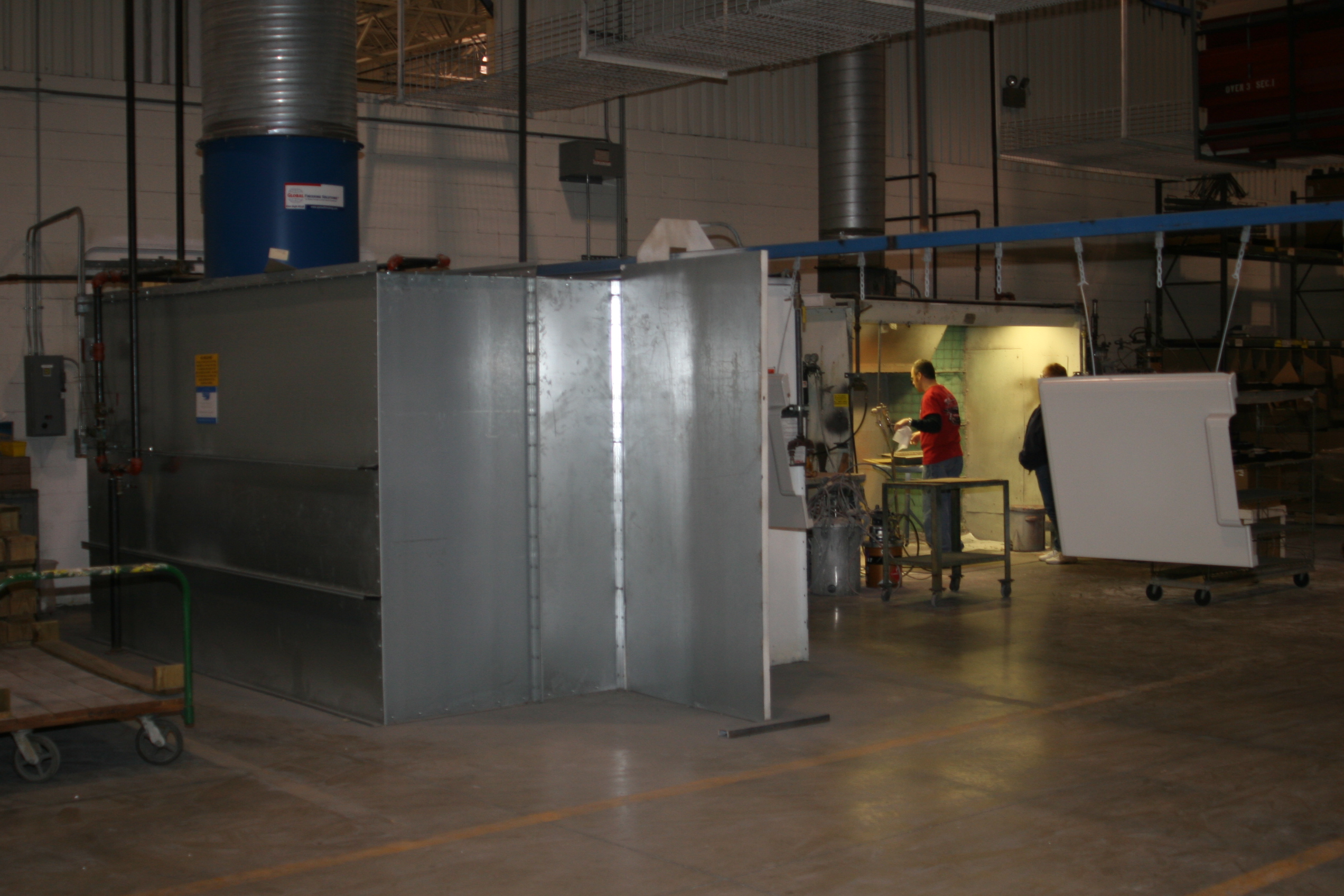Painting plastics is not easy, as special paints are required to give your parts the desired finish and ensure it bonds well with the plastic. However, painting techniques have evolved over the years and there are several different means by which the plastic parts can be painted to meet any need. Below are two main reasons why plastic parts should be painted:

APPEARANCE
Completely unrelated to functionality, the details below discuss options if you are looking for a flawless finish.
Color
If your pieces need to be uniform and you require a custom color, it will be less expensive and more pleasing to paint the pieces rather than create a custom resin. OEMs choose to use painted plastics because resins may not offer the desired effect or color.
When it comes to testing painted plastic molded parts, color uniformity is the main thing that comes to mind. Paint will enhance the appearance of the plastic and will help you to match custom colors exactly.
Mass Customization
This is the idea of producing mass plastic products that have been tailored to your desires and needs. Producing a variety of colors in a molding press is impractical, particularly when the plastic colored parts that are required are small.
Imperfections
Paint helps to conceal the imperfections of the mold and/or surface conditions that are a result of the injection molding process or part geometry. Some of the imperfections include:
- Blush: small imperfections that occur while the plastic fills the cavity.
- Filled resins: carbon or glass-filled resins cause white lines can have fibers on the surface of the part.
- Foaming agent: When molding structural foam parts, the surface is not cosmetically acceptable unless it is painted.
High Gloss Finish
As a customer, you may want a higher gloss finish than the resin is capable of providing. Paints can achieve a wide range of gloss levels, which will make it easier to achieve your marketing objectives.
FUNCTIONALITY
While painting not only allows for improved aesthetics, the functionality of your plastic part can be increased through painting, as described below:
Stain Resistance
Paint can improve protection of plastic molded parts from a broader range of chemicals and other substances that can stain it.
Chemical Resistance
Most cleaning chemicals in the market today are harsh and can reduce the physical properties of some plastics over time. Paint helps to protect the plastic parts.
Easy Clean
The smooth finish makes cleaning the plastic easy. There are no scratches or stains that would make it hard to clean or give dirt and dust a place to hide.
Abrasion/Scratch Resistance
Paint makes the plastic surface harder so that it will not be as easily scratched, helping to avoid abrasions.
Weatherability
UV coating is a perfect choice if your plastic parts will be outside. A number of plastics are sensitive to exposure to sun, the ozone, salt, and acids. Paint will help to protect the plastic.
Understanding the effects of paint on plastics is a key to improving the appearance and performance of your molded plastic part.




